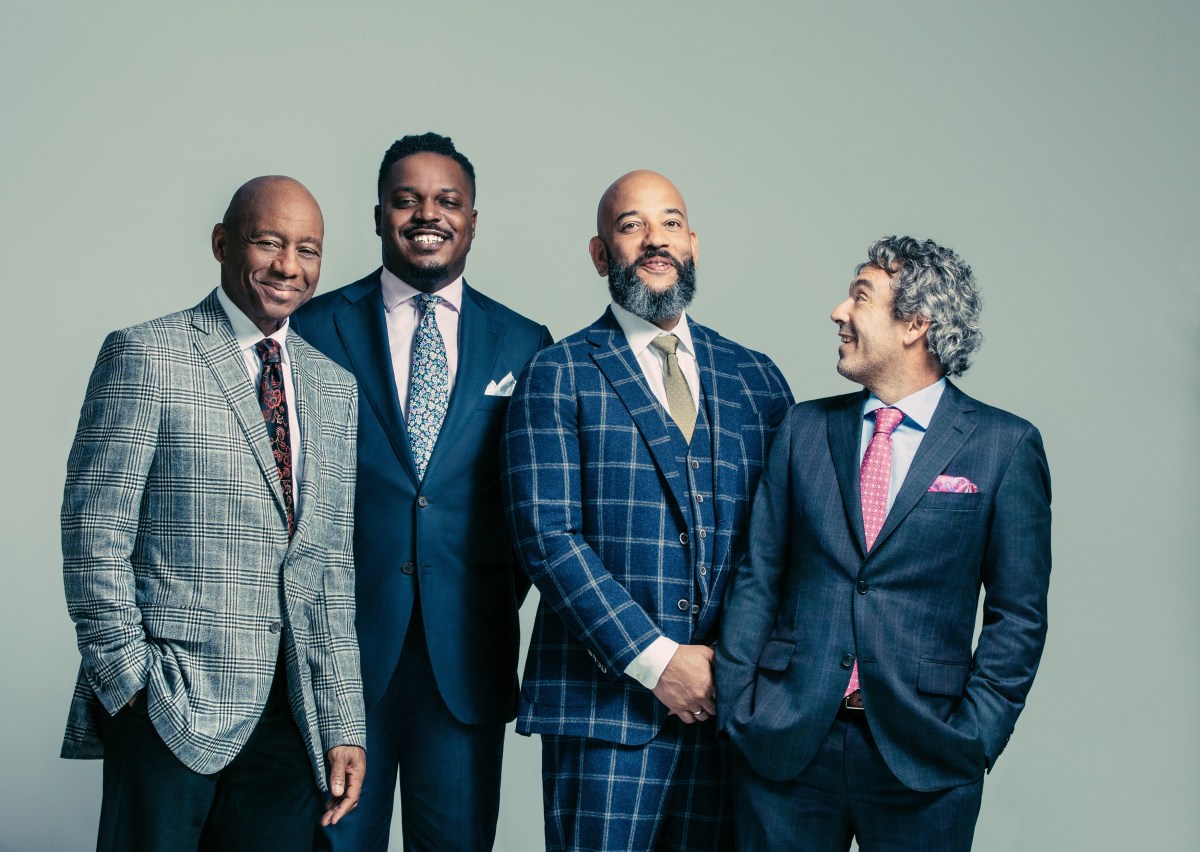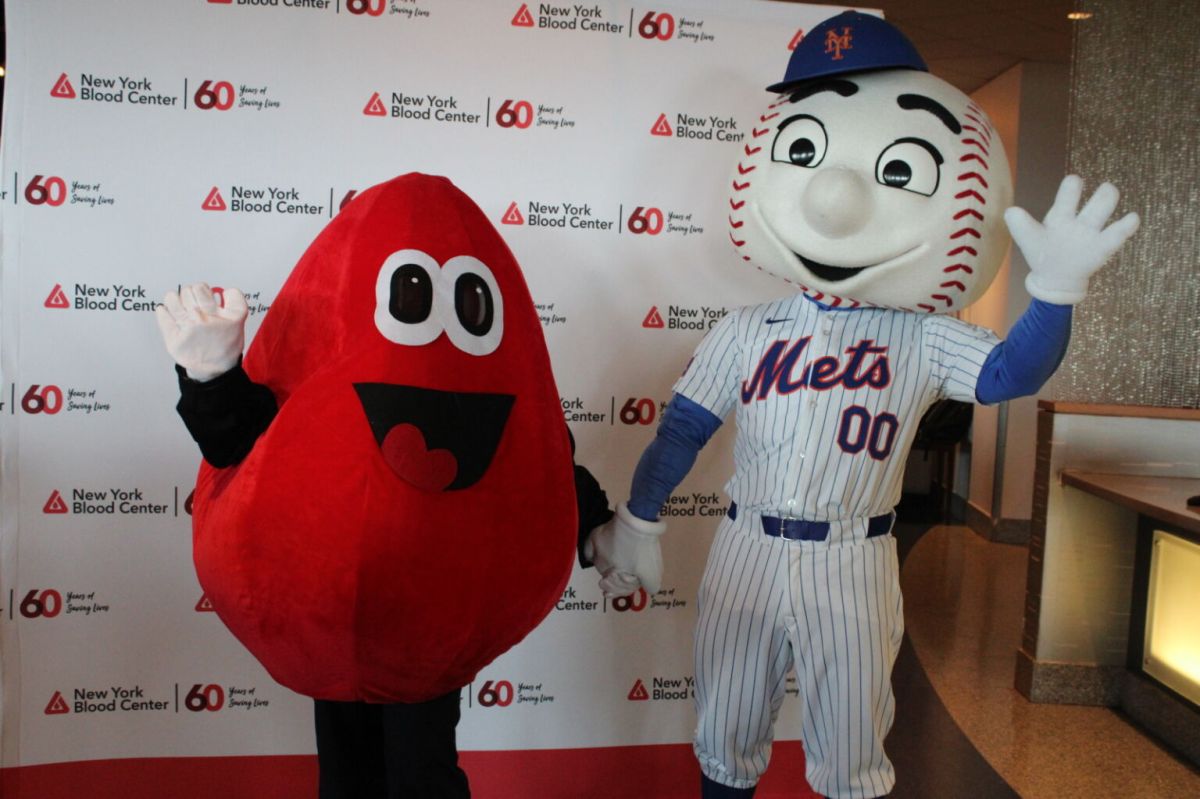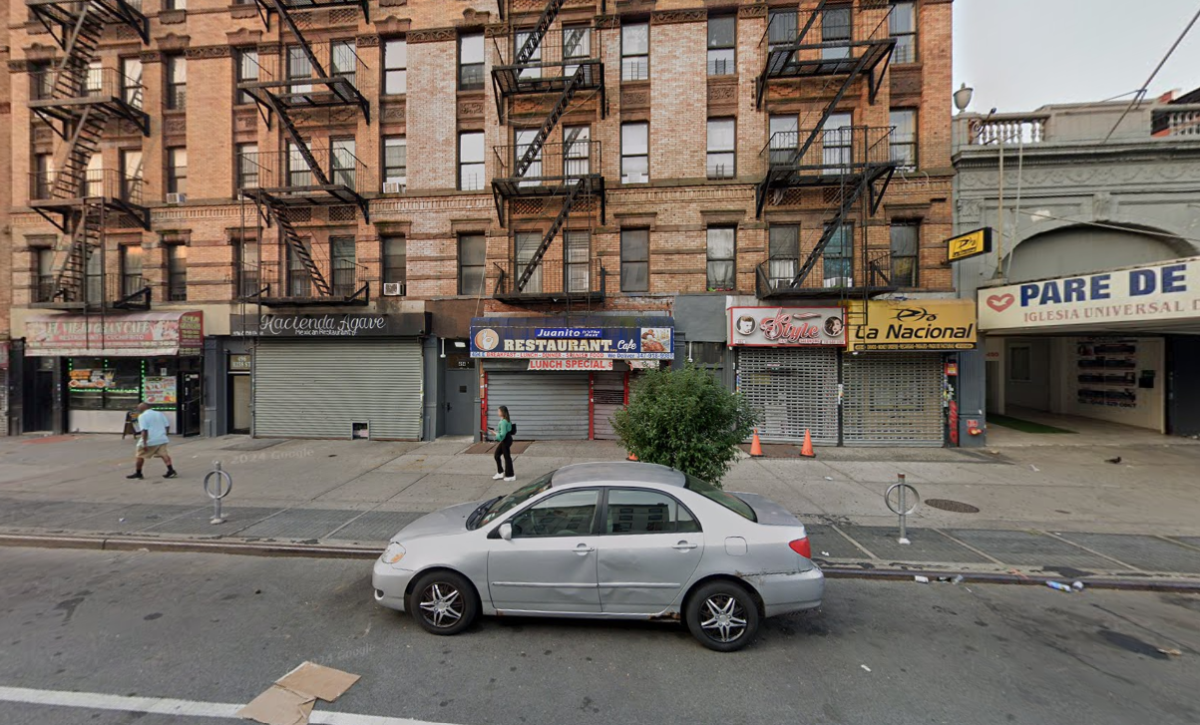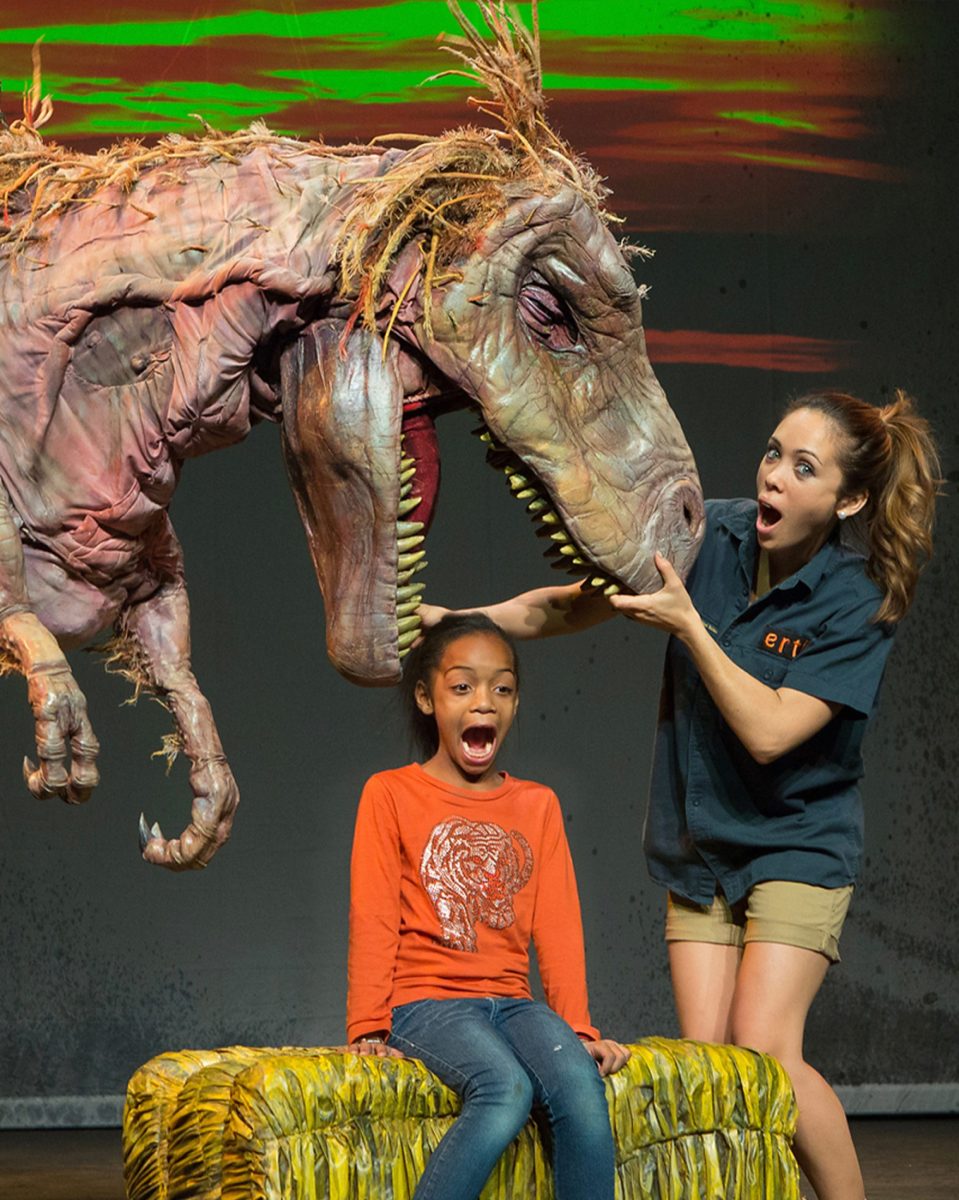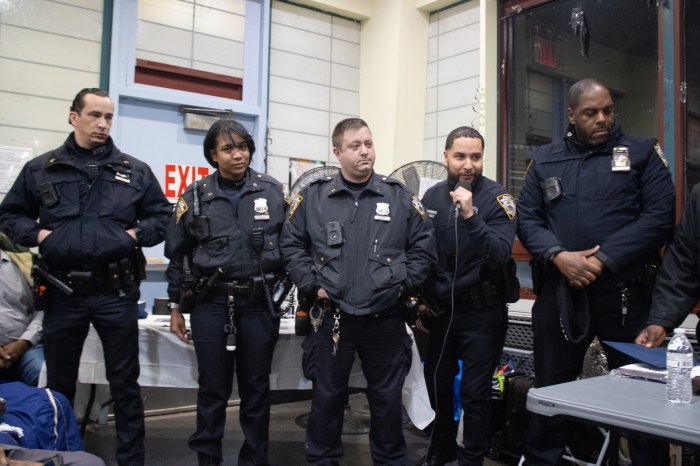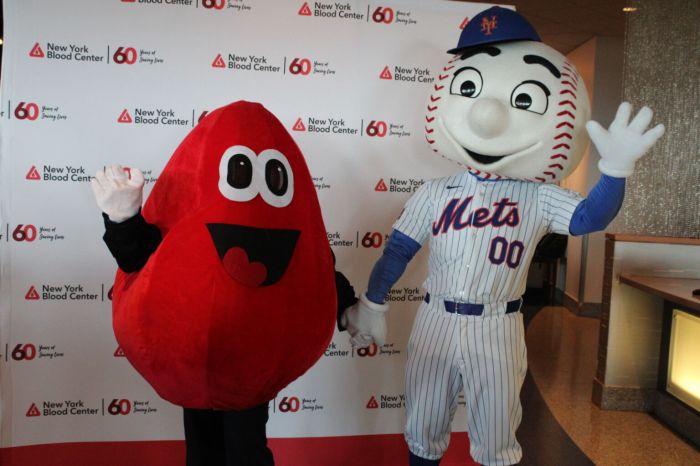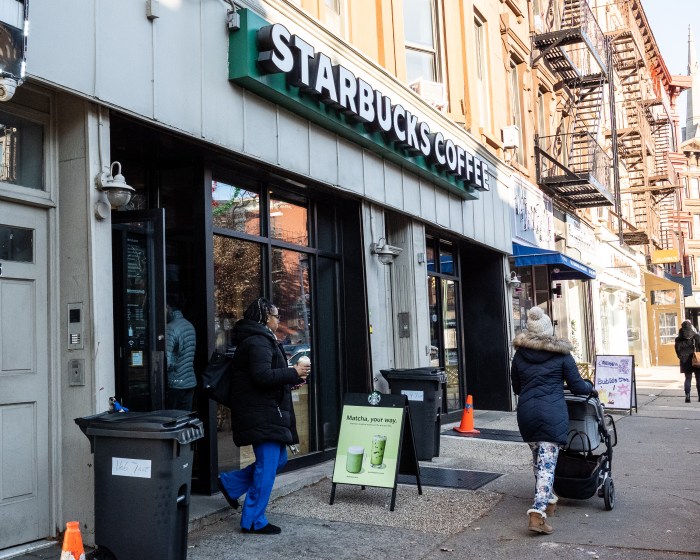Gursimran Singh, 23, has a bright smile on his face – despite the sweat staining his NJIT T-shirt – in the warm, mirrored basement of an East Village rehearsal space. Shoes are piled up outside the studio. Sweatshirts come off after the first round of stretching and a heart rate-raising warm-up dance.
Punjabi music and the rapid beat of a drum is filling the space, as a dozen handpicked dancers, selected from more than 80 applicants, perform the fast-paced dance known as Bhangra.
Arms wave wildly above heads and are spread wide behind shoulders. Dancers fly around in circles, performing what looks like a Do-si-do on steroids. Whoops and tongue swirling sounds accompany moves that rocket off the floor and end in a Russian-style bear dance.
New York’s City’s first non-university-affiliated coed Bhangra team is rehearsing the northern Indian folk dance, which originated centuries ago in the Punjab region of India, according to Armaan Gupta, the instructor and founder of the Bhangra Theory dance team.
“Bhangra was created as an expression of happiness, pride and joy during the harvest season and some of the dance moves reflect the tall wheat waving in the field before harvest,” Gupta said.
Competitive routines can last an exhausting 10 minutes in this “high-energy, expressive dance that really emphasizes interaction between dancers and audiences,” said Akarsh Sharma, who was born in India and lived there until he was five years old. Sharma has been dancing for four years.
Dancers traditionally perform in vibrant multi-colored outfits, with a turban for men and a headscarf for women. For rehearsal, however, T-shirts from NYU, Columbia, Emory and NJIT take the place of the traditional outfits.
“Colleges serve as a great place to support dance teams; however, once you are done with school, there are fewer avenues of support and less time to dedicate to the dance for many of us,” said Gupta, who has attended more than 30 Bhangra competitions around the country.
“Thousands of dancers in the United States alone are actively competing in the Bhangra Dance circuit,” he noted. “The growth of the circuit has exploded in the last decade, with teams popping up not only in the United States and Canada but in the U.K., Australia and Singapore.”
Sunday was the first meeting of the NYC team. While the majority of the young dancers reside in the greater New York City area, including the five boroughs, team members came from Boston, Binghamton, New York and Washington, D.C., as well, for the great workout, friendship and cultural connection.
“Our plan is to create and grow an elite set of Bhangra dancers to heavily compete around the world,” Gupta said.
This is the second competitive dance team he started. “The first was an all-girls team in the Boston area, which I coached for four years,” Gupta said.
“All of our dancers cling to Bhangra in our spare time because of the positive energy and uplift it provides,” Gupta said between dance sets.
“I wanted to start the team because I simply missed dancing. There is no better feeling than to compete,” Gupta said.






